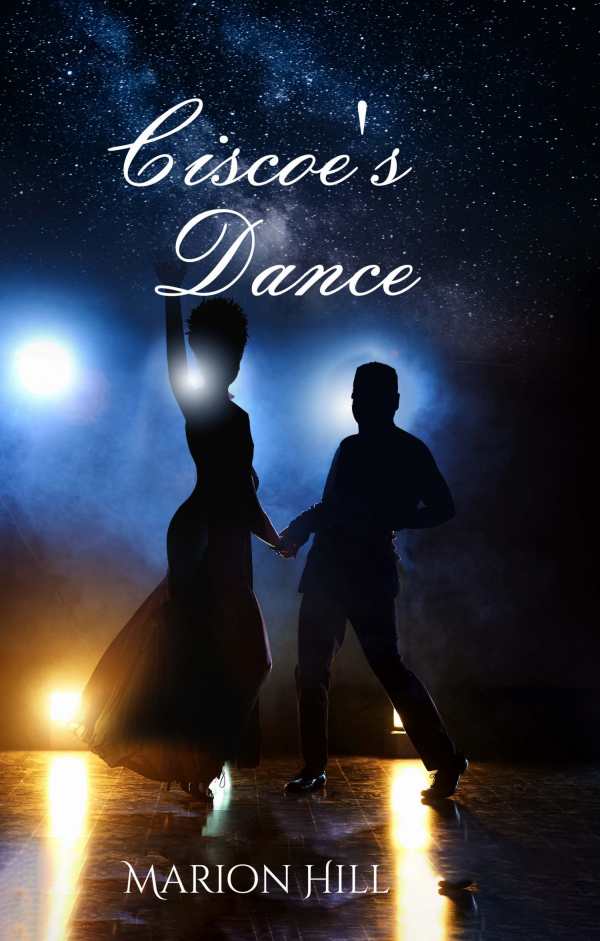Ciscoe's Dance
Dance & Listen Series #1
In the lively fantasy novel Ciscoe’s Dance, an ornate and exciting world is introduced.
In Marion Hill’s vibrant fantasy novel Ciscoe’s Dance, professional dancers navigate a shifting world and seek to change the public perception of their art.
Ciscoe and his wife Latisha are dannzas, professional dancers who specialize in performing to Guanamamma music in the upscale nightclubs of the Roxie and Penelope district of Walter’s Grove, a colorful metropolis. Their way of life is threatened when Piccanta, a new type of music and dance, becomes fashionable. Worse, the founder of Guanamamma, Walter Fuente, is accused of stealing the musical style from an Indigenous tribe, making the style controversial. In love with the dannza life once taught by his father, Ciscoe is determined to save Guanamamma music and dance.
It’s easy to be drawn into the fantasy world of Ciscoe’s Dance, whose worldbuilding is amazing and attentive. Ciscoe describes the government, religion, geography, and the people who live in the land in a way that feels organic. The story also creates a rich culture—food, styles of architecture, clothing, and, most important, music and dance. The last two are described in intricate detail, with different genres of music, types of instruments, dance moves, and songs, complete with lyrics and a history of why they were written. But this level of detail is not consistent throughout the story. Sometimes, Ciscoe teaches or speaks to club managers in vague settings that are an odd fit with the lush, immersive world beyond them. Such moments are jarring in the otherwise colorful, immersive text.
Nonetheless, people’s conversations are engaging and natural, no matter where they take place. They assume an organic rhythm and, while their banter sometimes serves as a vehicle for exposition, crackle with warmth. Crisp back-and-forths between friends and colleagues combine with Ciscoe and Latisha’s coolness when they talk to double-dealing business partners and arrogant rivals, contributing to rounded characterizations as well.
Driven by the conflict that Ciscoe and Latisha have navigating changing cultural styles (music and dance are akin to a religion in their world), every beat of the book pushes toward Ciscoe keeping Guanamamma in vogue. The story comes to read like an allegory on modern cancel culture: when a canonized artist is judged without context, the suggestion is that it’s the culture, not the artist, who suffers. But even as Ciscoe valiantly struggles to rescue Guanamamma, the novel grapples with, and solves, the cultural appropriation issue in a manner that feels too pat.
In the lively fantasy novel Ciscoe’s Dance, an ornate world is introduced; through it, the book examines the greater impact that an artist’s choices can have a culture.
Reviewed by
Katerie Prior
Disclosure: This article is not an endorsement, but a review. The publisher of this book provided free copies of the book and paid a small fee to have their book reviewed by a professional reviewer. Foreword Reviews and Clarion Reviews make no guarantee that the publisher will receive a positive review. Foreword Magazine, Inc. is disclosing this in accordance with the Federal Trade Commission’s 16 CFR, Part 255.

